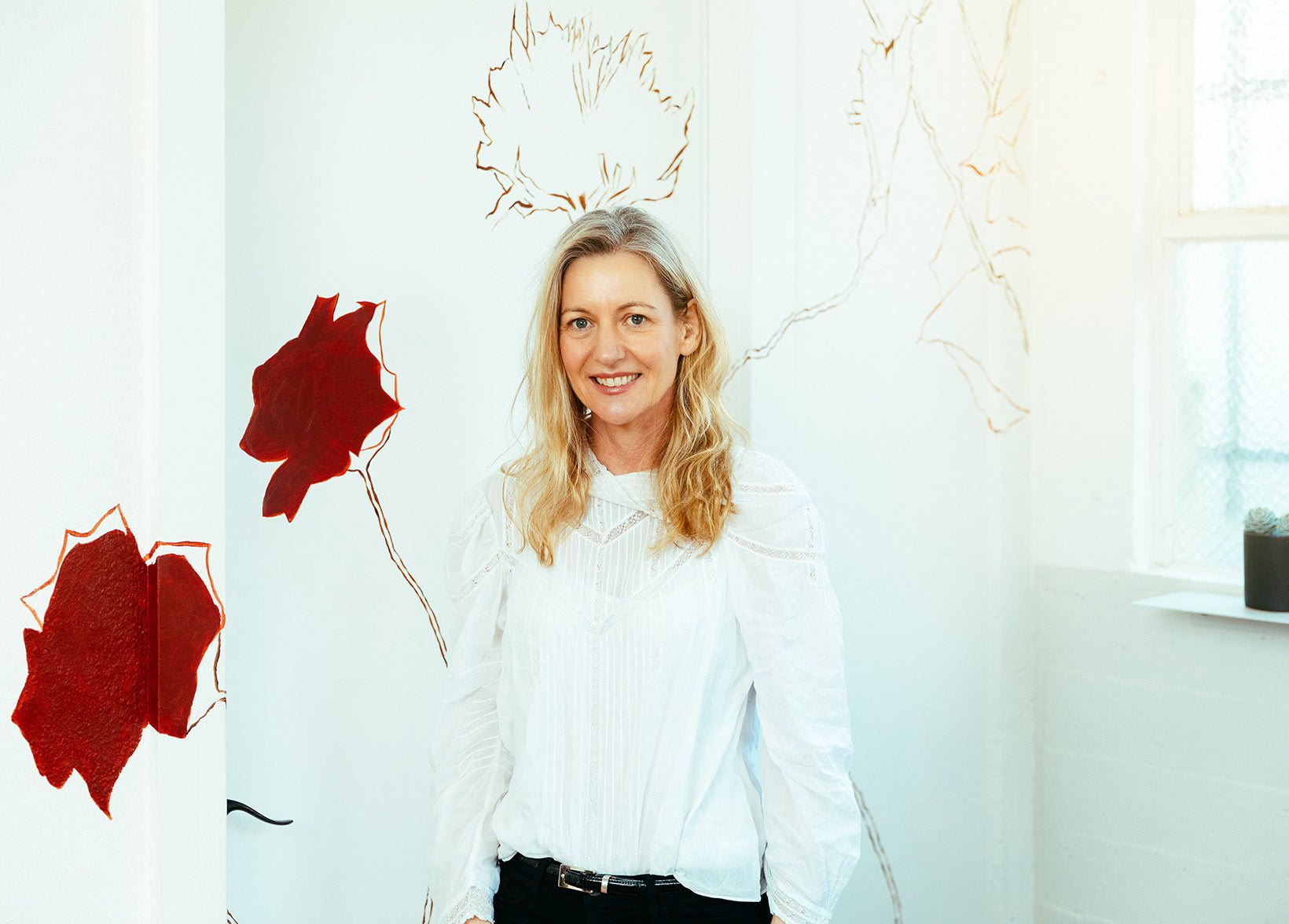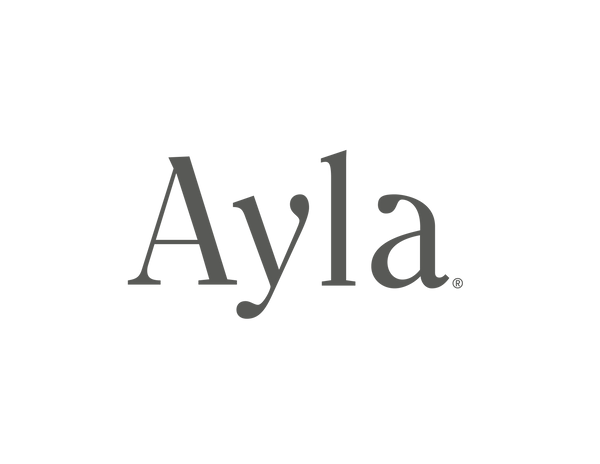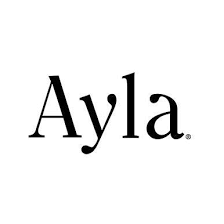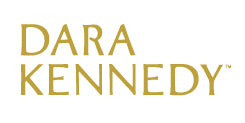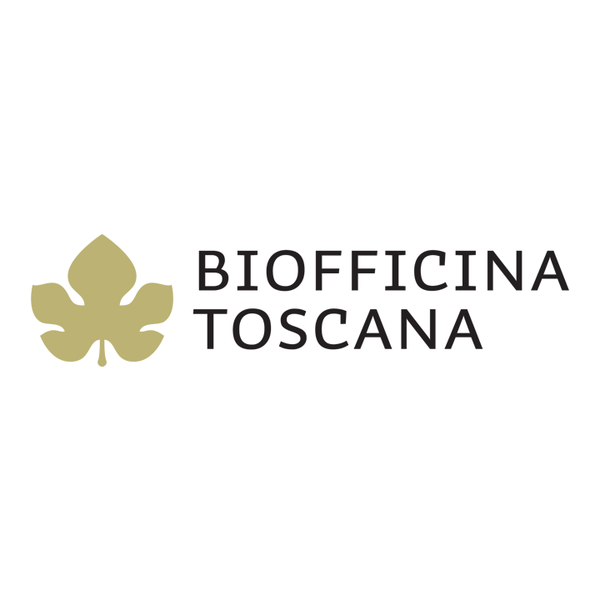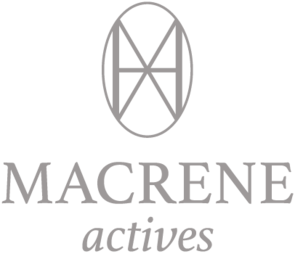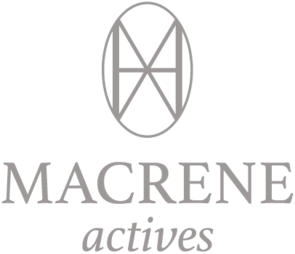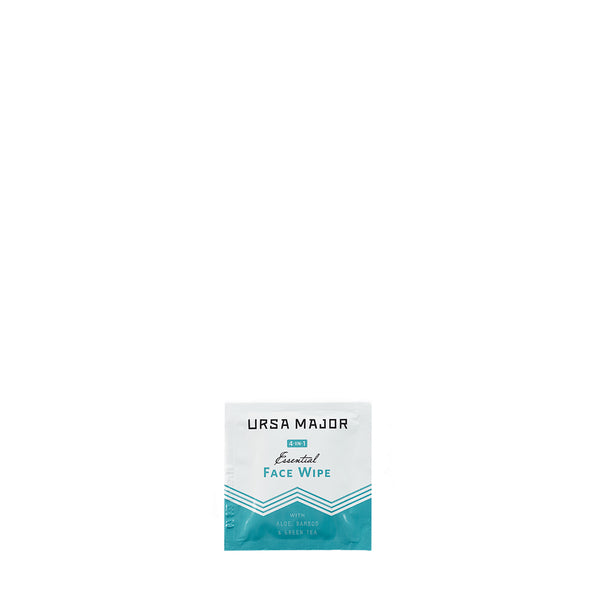Recent Articles

Created by a skincare therapist who brings serious training in physiology, aromatherapy, and Traditional Chinese Medicine to the clinic table, the products in de Mamiel’s lineup have not been designed in the usual way — and their results are so much better for it.
Read on to learn more about this revered skin healer's approach to stress in clinic and her suggestions for home routines where chronic stress is involved.
***
Dara: Every product you create is inspired by your work in clinic. Tell us how you see stress showing up in your clients.
ANNEE: The manifestation of stress on the skin can take so many different forms. Skin can be irritated or sensitized; you might see an increase in redness that can turn towards rosacea, or itchiness; you might see dull skin due to slow cell turnover; you might see dry and dehydrated skin that’s really just parched no matter what you put on it. And in all of these cases, nothing seems to work because you’re not addressing the root cause.
If your pathway is sagging skin due to a breakdown of elastin, for example, you’ll also see a real thinning of the skin, which often comes with chronic stress. And there’s also an increase of oxidative stress and free radicals, which happens at the start of the cascade. And with cortisol involved, as the master hormone of stress, it becomes a vicious cycle: your telomeres are shortening, which can lead to a breakdown in the skin barrier, but there’s not enough ATP to turn things around, repair, and detoxify. All of this is feeding the manifestation of stress on the skin and continues until you break the cycle.
Now, you might see this in the skin and think, “That could be the result of a million things!” Of course it could, but stress just adds to it. And you also know it’s happening at a systemic level because you’ve tried so many moisturizers and nothing’s working; nothing gives you that dewy, hydrated complexion because it’s not addressing why the dryness is there in the first place. It’s not feeding the skin with the right ratio of nutrients, or addressing the skin on an emotional level and looking at the metabolic pathways.
Dara: England just emerged from another lockdown, and you’ve recently begun seeing patients in London a few times a week. Have you seen a notable difference in their skin in general from pre-pandemic times?
ANNEE: I have noticed a difference, actually. Many people have that dull, tired, fatigued skin where it feels like it’s hard to get things moving. In cases like this, everything’s not flowing properly, which is creating stagnation and lack of flow. It makes sense because we know the body contracts with stress: you’re holding everything so tightly. But once we get people breathing properly, deeply, we’re getting the lymph system working and we’re oxygenating the body. In clinic, I do some craniosacral work and acupuncture to get things moving again while I’m working on the skin. Craniosacral work does a magnificent job of creating space for movement.
Dara: How do you think about topical skincare routines where stress is a significant presence in one’s life? For example, how would a treatment in clinic differ in this case, and how might a home routine change?
ANNEE: In a clinic scenario, I go through everything at a deep level and you get basically an 8-page essay from me a week after your treatment. But at home, it’s about taking what I do in clinic and making it easy to integrate. Tools that easily fit into what you already do are an essential part of our philosophy.
You want to be able to live with stress. That’s an important thing to take home: no product can eliminate stress from your life. So we need to find ways to ensure it doesn’t overwhelm us and become chronic.
Breathwork is one example of this. In clinic, we’ll spend 5-10 minutes covering proper breathing and ways to use the breath for deeper sleep. Integrating that into your skincare routine at home means you’re increasing the performance of everything. Once we switch into parasympathetic and slow everything down, we can really begin to work on repair. The quickest way to do this is by using the breath, and amplifying that through inhalation of essential oils. Every formula we make has been blended to ground and center us, to take away the day’s stress, and to nourish us.
Dara: What are some examples of lifestyle changes that you’ve seen clients make that have led to the most significant results? This might help give us all some ideas.
ANNEE: It’s really about finding a way that works for them to switch off and be present in what they’re doing.
I have one patient who came to me and was mega stressed, with no separation between work and family. At work, he felt guilty about not being with his family; at home, he found himself having to work and not focusing on family. He really needed some tools to create time and space and boundaries. Working from home especially, those boundaries become so blurred for all of us.
So it could be that before you have dinner, you go and wash your face to start that process of switching off and creating a boundary, even if you need to go back to your email at some point later on.
The important thing is not trying to multitask all the time, instead really defining some things that you do — and telling yourself, “That’s what I’m going to focus on.” Our dog, Willow, is great about this! She doesn’t like you talking on the phone while you’re walking her. It’s as though she’s saying, “This is my time; don’t give it to somebody else.”

I also like to find little ways to switch off and put our minds at ease throughout the day. It can be such a simple thing: the smell of citrus fruit, in and of itself, can be transformative. If you keep a bowl of oranges or lemons or grapefruits in the kitchen, when you walk by, you smell them and it just shifts things a little bit. Having a basil plant in the kitchen can have a similar effect.
With some patients, I get them to put red dots all over their house or their office, and when they see them, they're like a red light signal to stop and breathe. After awhile, that training becomes subconscious and they’ll naturally just pause and breathe and slow down the nervous system. It’s all about getting flow.
I’ve been doing this for years, but I’m no angel; I can’t tell you how many times I catch myself and think “Oh, I’m not breathing.” We all can use reminders like these!
Dara: Is there anything else you’d like to tell us about stress?
ANNEE: Just remember to breathe. That goes with all of the products in our lineup, not just First Fix: the scent is so important in terms of helping us de-stress and begin the process of giving back to ourselves. The ritual of skincare is so purposeful and can just elevate the performance of a product because you’re changing what’s going on inside at the same time.
***
Want to learn more about de Mamiel?
Check out our Brand Spotlight here;
Check out Dara’s interview with Annee about the development of First Fix for stress here; and learn more about the product itself — and buy it — here.
Any topic discussed in this article is not intended as medical advice. If you have a medical concern, please check with your doctor.



